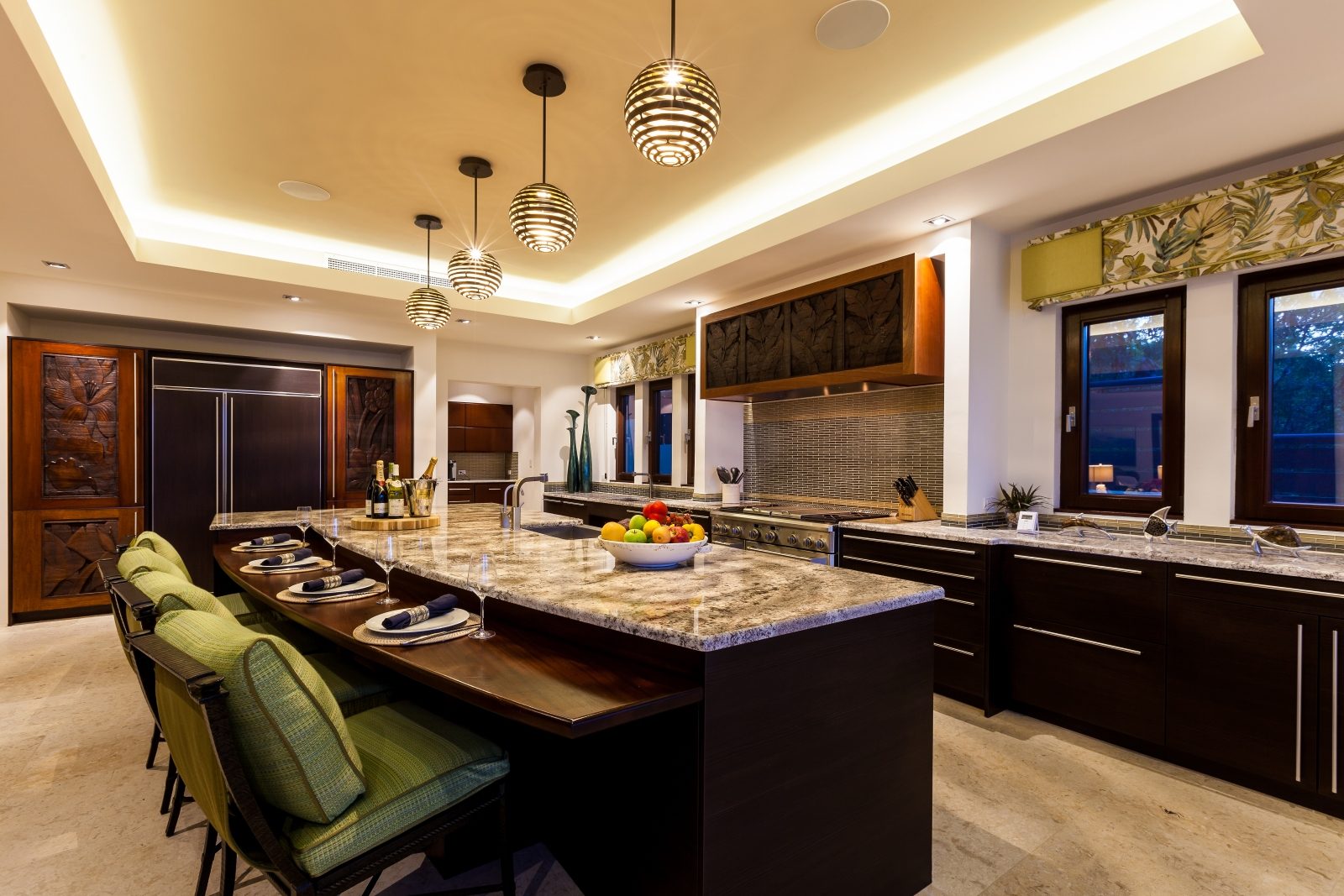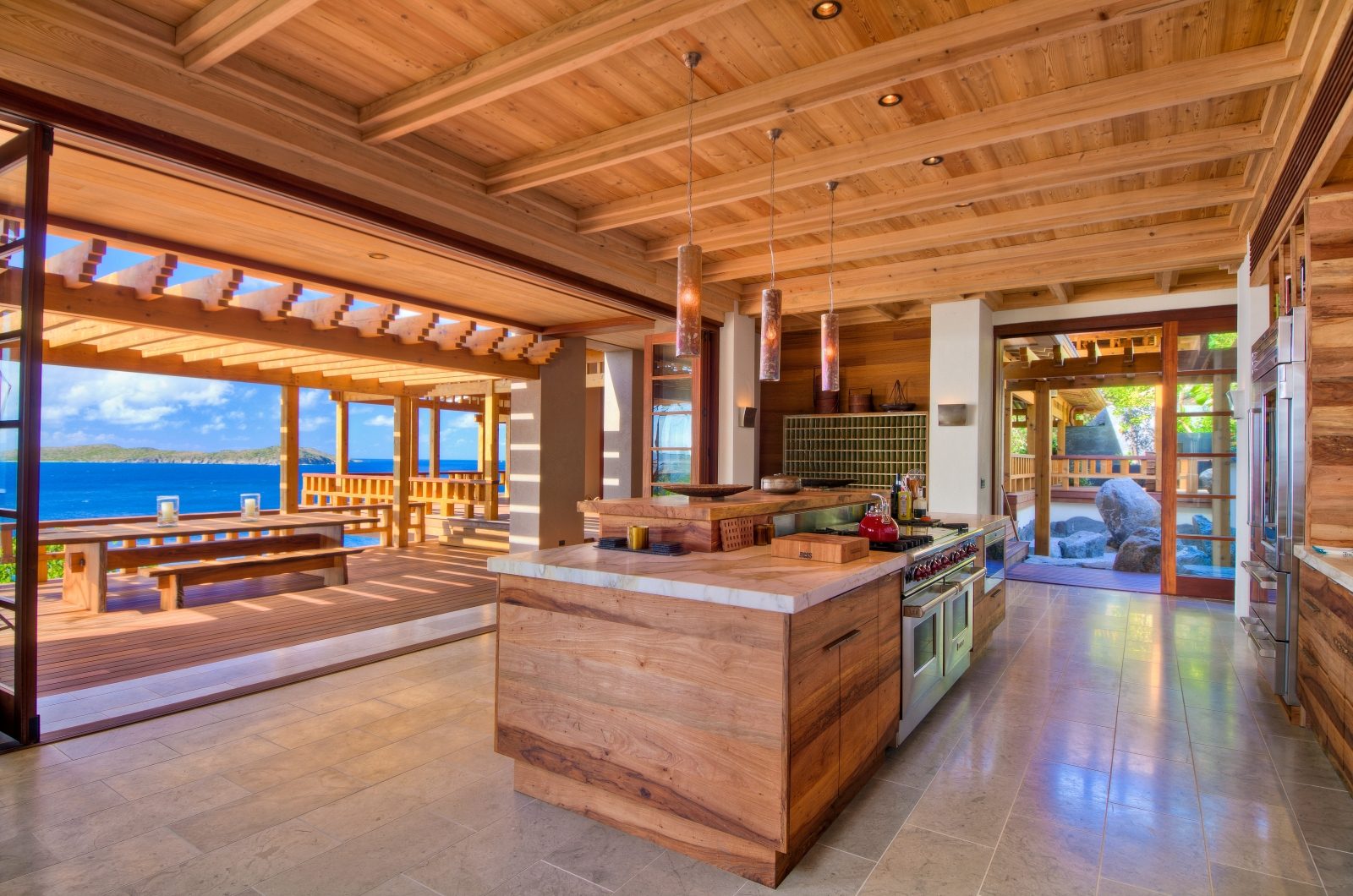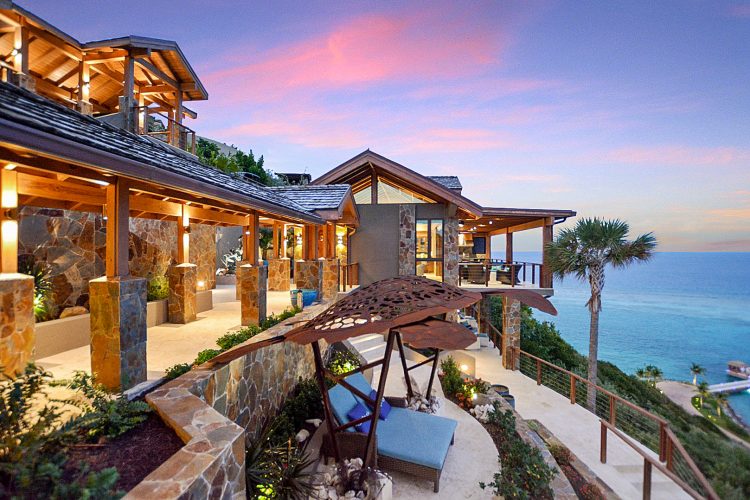Why and how to choose the right architect for any project
Some homeowners feel working with an architect can be expensive, unnecessary and even intimidating.
However, the right architect can be a potential owner’s best friend. Their knowledge of the economy of use in construction can save you more than enough money to cover the professional fee. An original, well-designed house that is appropriate for environmental conditions, functional, and responsive to its site is a daily joy, as well as a good investment.
Architects offer a variety of services – they may do anything from minimal consulting to total design, contract development and construction administration or project management. Naturally, you pay accordingly.

Selecting an Architect
There is no set procedure. Ask people whose judgement you trust for recommendations and learn who has designed buildings you like. Research the appropriate firms and describe the work you have in mind. If they seem interested, arrange an interview to learn about their experience with your type of project, their time availability, working procedures, and fees. At this stage, you must determine not only if you like the architect’s design abilities, but also if you can get along with him or her during what may be a long and stressful process.
Professional Fees
There is no set fee arrangement for architectural services based on a particular type of project. Fees are established by the architect in a number of ways, depending on the type of project plus the extent and nature of services required. It is a mistake to base your choice primarily on the fee, which is a minor percentage of the total construction cost and is often outweighed by the architect’s background, expertise, ability to communicate and the chemistry that exists between you.

Site Visits and Incorporating Needs, Lifestyle and Budget
To develop a plan for your house or major remodel, the architect needs to complete a good deal of research. First, the architect inspects the site or existing building and then by talking and working with you the architect develops a “program”: a framework reflecting your particular needs.
Your architect will want to know who will be using the house, what activities are likely to occur inside and out, entertaining habits and cooking styles, sleeping and privacy needs, as well as transitions, focal points, views, and levels of formality. On a more emotional level, you’ll also explore the feelings you’d like to create with the space.

Weaving the Answers into Design
Now the results of this research are organized into a design, the architect may make rough diagrams for how the functional areas interrelate or sketch alternatives for siting. In the early stages, revisions are possible and even encouraged; later they will be expensive and difficult. It’s up to you to ask questions and state openly what you do or do not want. Usually, the best work results when both of you keep open minds. The architect must try to satisfy your needs, but remember that you have hired them for their talent and experience.
As the design is developing, the architect will work toward more detailed drawings and floor plans, while also preparing construction cost estimates. With the high costs of construction in the BVI, most people find that what they want is over their original budget. Often a clever architect can turn what initially seem to be sacrifices into design advantages by coming up with unexpected but creative solutions.

Construction Documents, Bidding and Negotiations
Once the plans are approved by all, the Construction Documents phase begins. From this point on your involvement with the architect will decrease but, assuming that his or her services are retained through the next phase, periodic contact will continue.
Technical plans are now drawn by the architect and consultants to elaborate translations of the earlier ideas and preliminary plans into the language of contractors and builders. As work progresses, the architect will visit the construction site occasionally to make sure work is on schedule and workmanship is acceptable.
Move-In Time Approaches
When the project is finally complete and the power and gas are turned on, you and the architect prepare a final “punch list” of nonfunctioning items for the contractor. Once they are corrected final payment is made and the warranty period (usually lasting one year) begins.
No matter who you choose or what you pay, you may not get the perfect house. That’s the one that’s still in your head and will always remain there. But in partnership with a talented architect and capable builders, you should come very close and, you never know, you may find that your combined talents exceed those expectations.
[ts_fab]

